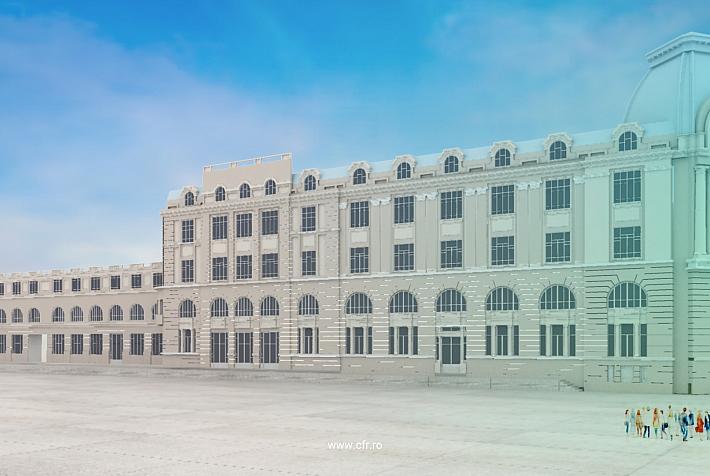Most counties in Romania losing residents, aging, latest census shows

The aging phenomenon has intensified in Romania, with the average age of the resident population increasing to 42.4 years, compared to 40.8 years a decade ago, according to the first results of the 2022 census. At the same time, only three counties in the country gained residents over the last decade.
The largest population reductions in the last ten years were recorded in the counties of Caraș-Severin and Teleorman, while only two counties – Bistrița-Năsăud and Suceava – gained residents, according to data from the National Institute of Statistics cited by HotNews.
The country's resident population has decreased to 19,053,815, a loss of 1.1 million residents compared to the last census. The majority of the resident population is female (51.5%) and lives in urban areas (52.2%).
The region with the youngest population is the North-East region, where the average age is 40.8 years. At the opposite end is the South-West Oltenia region, with an average age of 43.7 years. The population in Ilfov has the lowest average age in the country, 38.6 years, followed by Iasi (39.2), and Suceava (39.9). The county of Teleorman has the oldest population, with an average age of 46.3 years, followed by Hunedoara (45.5), and Brăila (45.3).
Overall, 39 out of 42 counties decreased in size in terms of the number of residents in the last ten years, including Bucharest, which has seen people migrate to Ilfov. Only two other counties, namely Bistrița-Năsăud and Suceava, gained residents.
The largest municipality in Romania, excluding Bucharest, is Cluj-Napoca, which has maintained this position over the past ten years despite reducing its population by 37,978 people, to a total of 286,598 residents. Many Cluj residents chose to move to neighboring areas in the countryside.
Census data also shows that the capital has the highest percentage of college graduates relative to the number of residents (35.1%), more than double the national average. Bucharest is followed by Ilfov (25.16%), Cluj (24.62%), and Timis (22%). Vaslui, Calarasi, and Botosani have the lowest share of college graduates, slightly above 7%.
(Photo source: Radub85 | Dreamstime.com)













